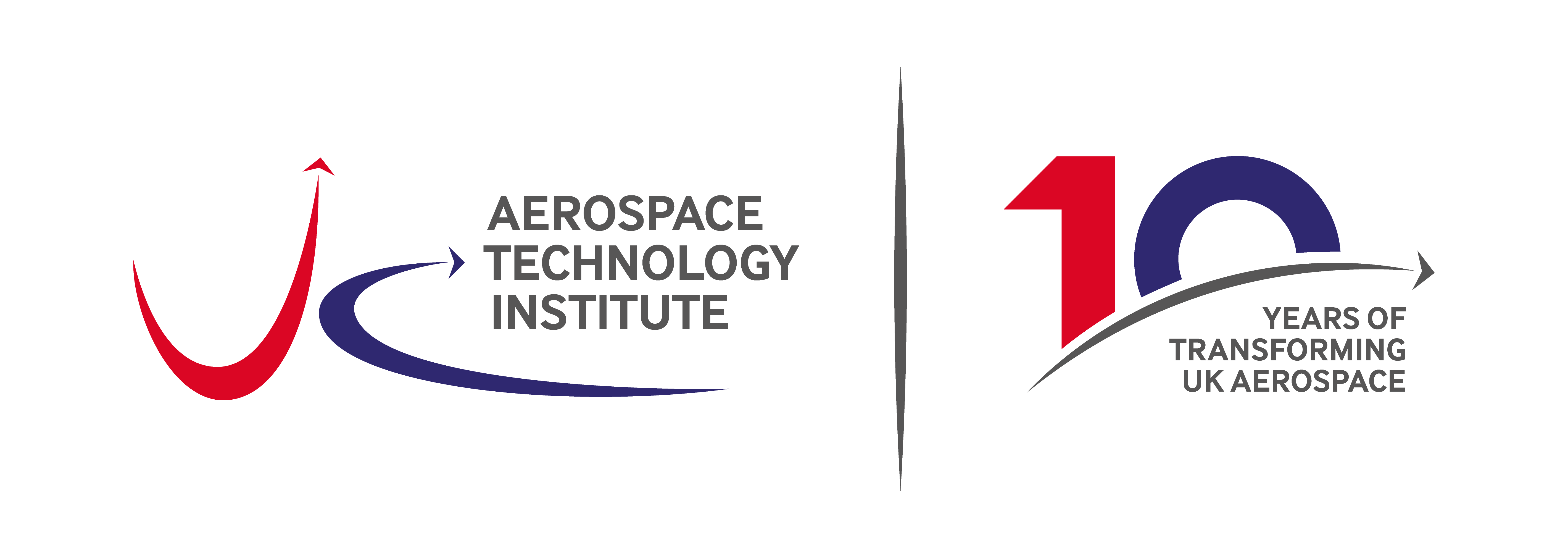Innovation in aerospace more crucial than ever before
Tackling carbon emissions is the challenge of our lifetime and achieving Net Zero in aviation will require innovation akin to the advent of the jet age.
Innovation drives economic and organisational growth, it enables competitiveness, it creates new markets and new jobs, it empowers consumers, increases life expectancy and advances knowledge. It can also lead to unsettling change including disruptive economic and social transitions – with both positive and negative consequences.
Many people associate innovation solely with technology but it can be much broader – including new products and services, new business models or changes to the internal operations of an organisation.
There are countless examples of each of these types of innovation within aerospace. Consider, for example, the development of the jet engine (new technology), the introduction of the 747 (new product), the launch of Power-by-the-Hour (new business model), and the adoption of lean six-sigma within industry (new approach to internal operations). These innovations have increased efficiency, reduced cost, enabled market growth and improved the passenger experience.
| Innovation, noun, /ˌɪn.əˈveɪ.ʃən/ : the adoption or exploitation of a new product, process or idea |
At the Aerospace Technology Institute we aim to transform aerospace through technology and innovation. We’re passionate about the UK’s aerospace sector, and we believe that innovation, both disruptive and incremental, will be at the heart of delivering clean, sustainable growth and increasing competitiveness in the decades to come. We also know that innovation happens in organisations of all sizes from well-established players to small start-ups who are new to the market.
Since we were founded as an independent organisation by government and industry in 2014, we’ve played an important role in driving innovation across the sector. The ATI Programme has invested in R&T projects that have added £97 billion in value to the UK economy and funded world-leading developments in Hydrogen and Electric aircraft, 3D printed components, ultra-efficient engines and structures, to name but a few. We’ve outlined the UK’s priority areas for technology development through our technology strategy, the latest version of which sets out the zero-carbon, ultra-efficient and cross-cutting enabling technology roadmaps that will enable Net Zero aviation by 2050.
We’ve also challenged the industry and pushed the boundaries of what’s considered technically and commercially feasible through our thought leadership and strategic research programmes such as FlyZero. We’ve launched Accelerator programmes to support the growth of new entrants to the market. And we’ve hosted countless workshops and meetings with hundreds of organisations across the sector to support their innovation and growth activities.
Now, to achieve Net Zero in aviation we need to innovate at a scale akin to the advent of the jet age and at the pace of Silicon Valley. To find out more about how the ATI will be fostering innovation as we forge a path to Destination Zero follow us on Twitter (@UKAeroInstitute), LinkedIn, and join the conversation at our conference at The Vox, Birmingham, on 15th and 16th November 2022. Discover more and secure your ticket here.


